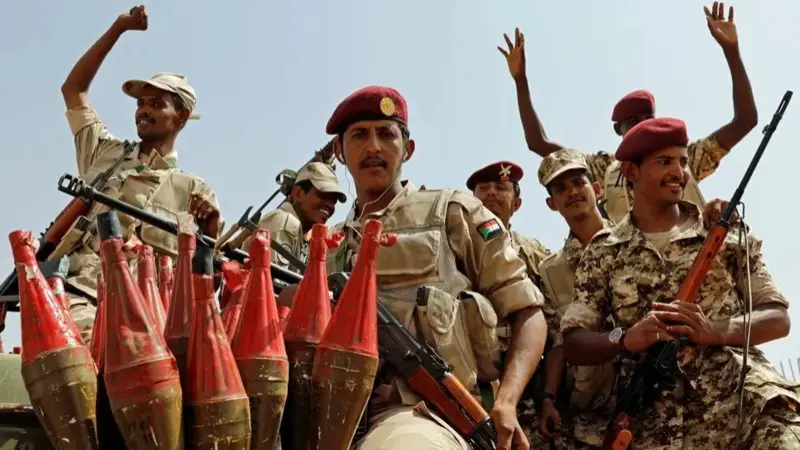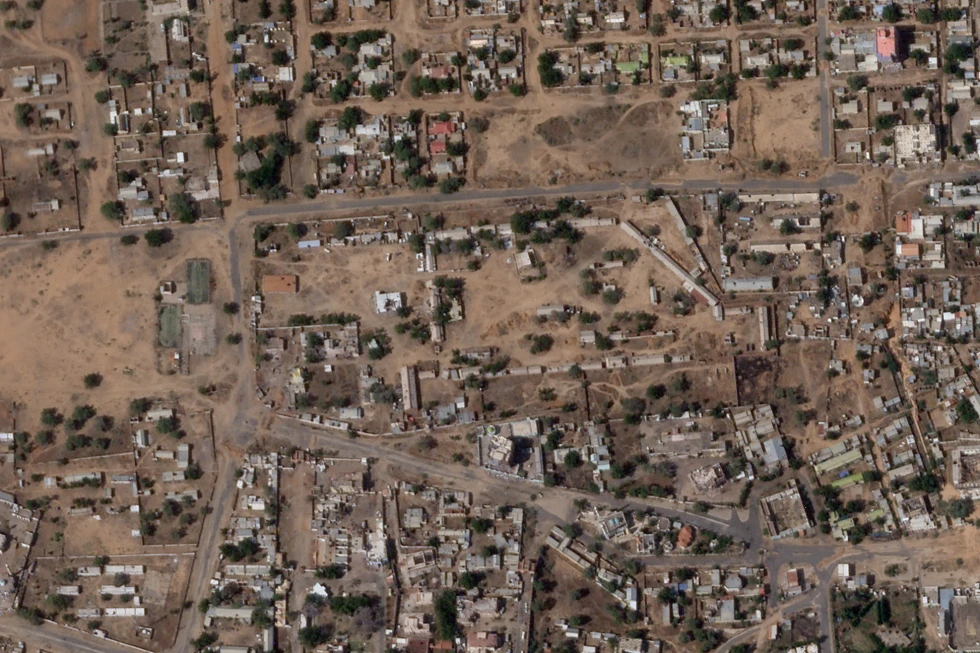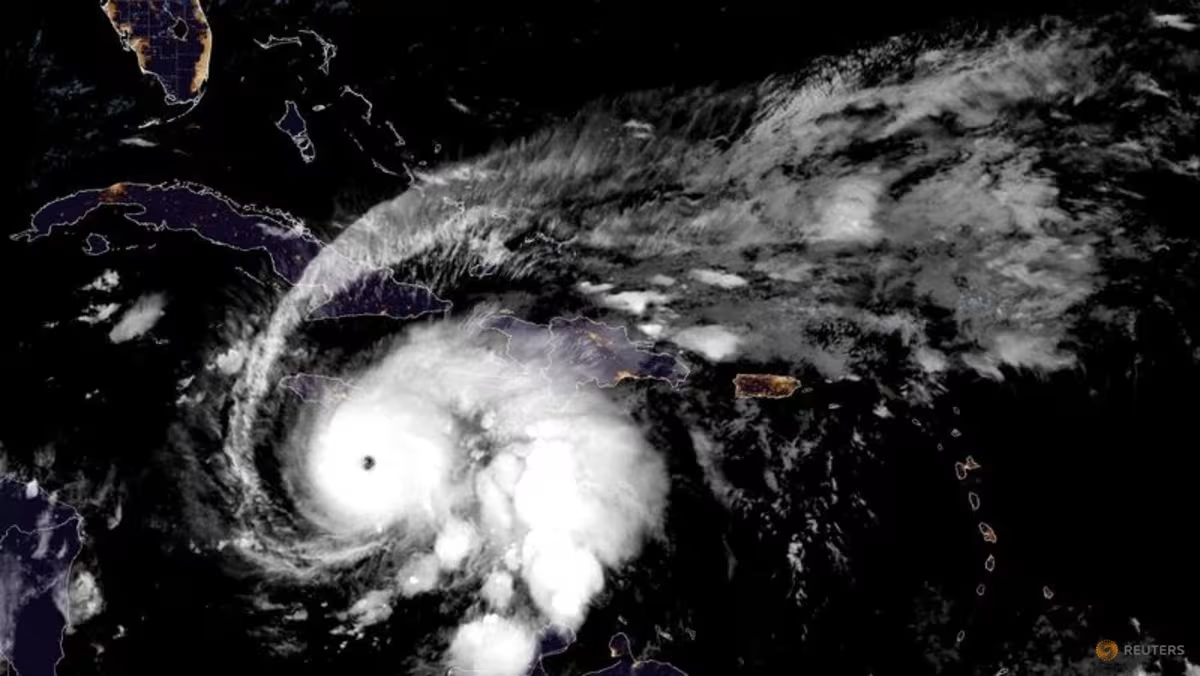Pakistan is grappling with one of its deadliest natural disasters in recent years, as unprecedented heavy rains have triggered widespread flooding across several regions. Authorities report that over 300 people have lost their lives, with hundreds more injured or displaced.
The relentless downpours, described by meteorologists as among the heaviest in decades, have caused rivers to overflow and flash floods to sweep through towns and villages. Entire communities have been submerged, with homes, roads, and infrastructure badly damaged. Rescue teams are struggling to reach remote areas cut off by the rising waters.
Local officials have confirmed that thousands of families are now in urgent need of shelter, food, and medical assistance. Emergency response units, including military and humanitarian organizations, have been deployed to provide relief and evacuate residents from the most affected regions.
Health authorities are warning of potential disease outbreaks due to contaminated water supplies, while power outages and blocked transportation routes are complicating relief efforts.
Experts attribute the severity of this disaster to a combination of climate change, unplanned urban expansion, and insufficient flood management infrastructure. The government has pledged to accelerate rescue operations and mobilize resources, but officials admit that recovery will take weeks, if not months.
Citizens across Pakistan are coming together, with local communities volunteering to assist in relief work. International aid organizations have also expressed readiness to support the country in addressing the immediate humanitarian crisis.
The recent floods serve as a stark reminder of Pakistan’s vulnerability to extreme weather events and underscore the urgent need for improved disaster preparedness and climate resilience measures.
















Leave a Reply